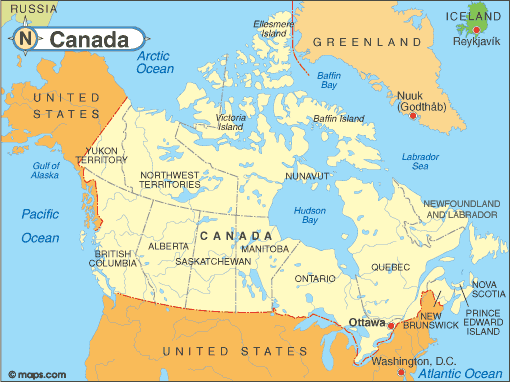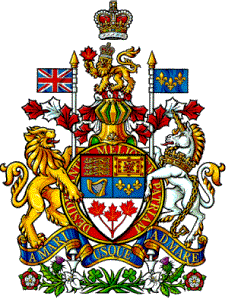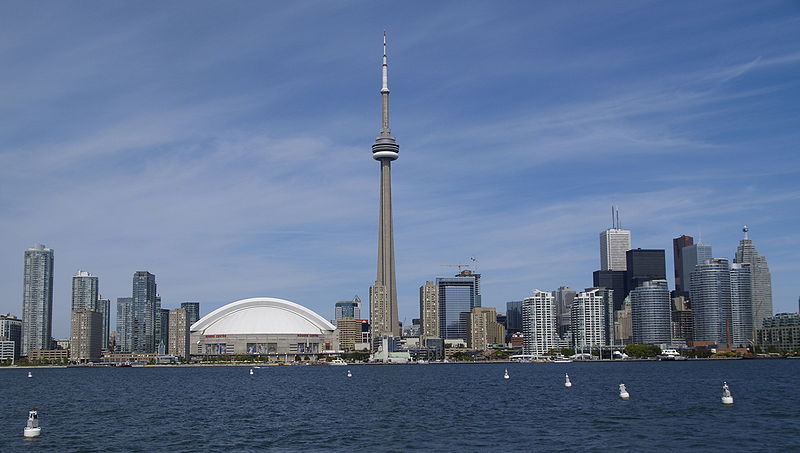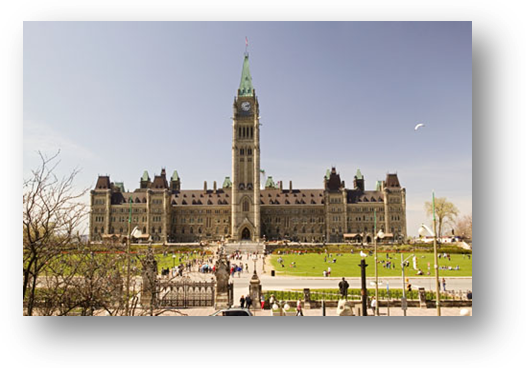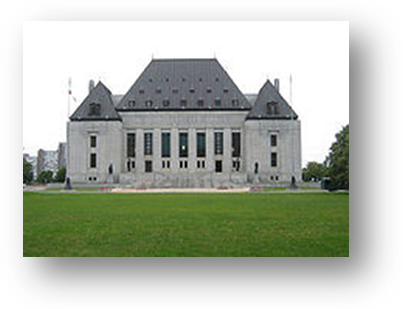УЧЕБНИК 1 КУРСА. Learningenglis ru learningenglis ru
 Скачать 18.07 Mb. Скачать 18.07 Mb.
|
|
M. Summarize the information about the US Economy. Use the headings below.
OVER TO YOU Write a summary about the US economy on one of the following topics and present it to your groupmates.
WORD FILE
Module 3 Canada
A land of (1) distances and rich natural resources, Canada became a self-governing (2) in 1867 while retaining (3) to the British crown. Economically and technologically the nation has developed (4) with the US, its (5) to the south across an unfortified (6). Its paramount political problem continues to be the (7) of the province of Quebec, with its French-speaking (8) and unique culture, to the remainder of the country.
READING 1: CANADA PROFILE
GEOGRAPHY
B. Read and translate the text. Canada comes from Indian word kanata, meaning “a village” or “a settlement”. Location. Canada is about 7730 km from east to west. Its only neighbour is the USA, which includes Alaska in the north-west. This country is surrounded by three oceans – the Pacific, the Atlantic and the Arctic. It has the longest coastline in the world 243,000 kilometers. No wonder the country’s motto is “from sea to sea”. Lakes.There are some two million lakes in Canada, covering about 7, 6 % of the Canadian landmass. Canada has (or shares with the USA) seven of the world’s largest lakes – Huron, Great Bear, Superior, Great Slave, Winnipeg, Erie and Ontario. Nearly one-fourth of all the fresh water in the world is in Canada. Rivers.Canada contains three of the globe’s longest 20 rivers. The St. Lawrence (3058 km long) is Canada’s most important river, providing a seaway for ships from the Great Lakes to the Atlantic Ocean. The longest Canadian River is the Mackenzie, which flows 4241 km through the Northwest Territories. Niagara Falls is one of the world’s wonders. These beautiful waterfalls can be found on the border between Canada and the United States. To the tourists as to Americans and Canadians, it is at the top of any list of places to visit. This place is often called «the honeymoon capital of the world». 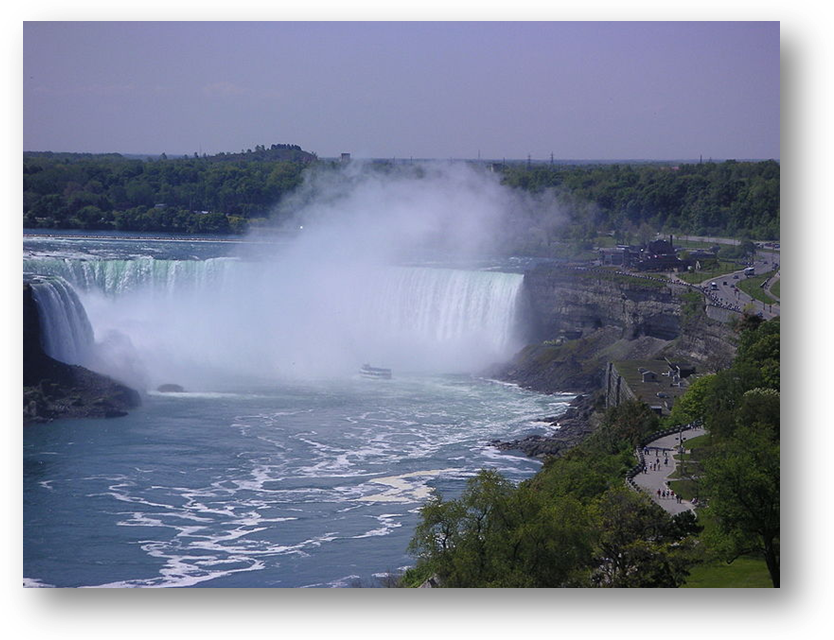 Mountain Ranges.Canada’s terrain incorporates a number of mountain ranges: the Torngats, Appalachians and Lawrentians in the east; the Rocky, Coastal and Mackenzie ranges in the west; and Mount St. Elias and the Pelly Mountains in the north. At 5 959 metres high Mount Logan in the Yukon is Canada’s tallest peak. Government.Canada is a constitutional monarchy and a federal state with a democratic parliament. The Parliament of Canada, in Ottawa, consists of the House of Commons, whose members are elected, and the Senate, whose members are appointed. The head of the political party with the most elected representatives in the House of Commons becomes the prime minister, the leader of the country. From the members of parliament within the governing party, the prime minister selects a cabinet which, in effect, runs the country and initiates legislation. Unlike in the USA, leaders can run for a long as they maintain popular support within their party. Governments are elected for five years, but elections can be called earlier. The constitution consists of both written proclamations under the Constitution Acts (1867 and 1932) and unwritten conventions. National Emblem.The maple leap has been associated with Canada for some time: in 1868, it figured in coats of arms granted to Ontario and Quebec; and in both world wars, it appeared on regimental badges. Since the 1965 introduction of the Canadian flag, the maple leap has become the country’s most important symbol. Flag and Anthem.Canada’s current flag was proclaimed in 1965 after 2000 public design entries were hotly debated in parliament. In the centre of the flag there is a red sugar maple leap, Canada’s best known symbol. The side bars represent the ocean boundaries and are not blue because an important reason for the entire procedure was to show independence from Britain and France. The national anthem, “O Canada”, was composed by Calixa Javallee in 1880. Currency.The Canadian dollar is divided into 100 cents. Living Standard.Canada ranks sixth place in the world in standard of living, behind only the United States, Switzerland, Luxembourg, Germany and Japan. Language.English and French are the two official languages of Canada. You will notice it both on highway signs, maps, tourist brochures and all types of packaging. In the west, the use of French is less visible. In Quebec, English can be at a premium. There, roadside signs and visitor information is often seen in French only. Many immigrants use their mother tongues, as do some groups of Native Indians and Inuit. C. Answer the following questions and use them to speak about Canada.
E. Read the text again and decide whether these statements are true or false.
GRAMMAR: INDIRECT SPEECH/REPORTED SPEECH
When we report what someone said, the verb forms often move one tense into the past. ‘I believe that what I am doing is right’, she said, ‘I will continue to fight for justice.’ She said she believed that what she was doingwas right, and that she would continue to fight for justice.
will would may might must had to ‘I must pay my phone bill’ He said he had to pay his phone bill.
‘I might come later’ She said she might come later.
The police asked (him) where he had been. They wanted to know what time he arrived home.
Ben wondered if/whether you wanted to come round for dinner
| |||||||||||||||||||||||||||||||||||||||||||||||||||||||||||||||||||||||||||||||||||||||||||||||||||||||||


